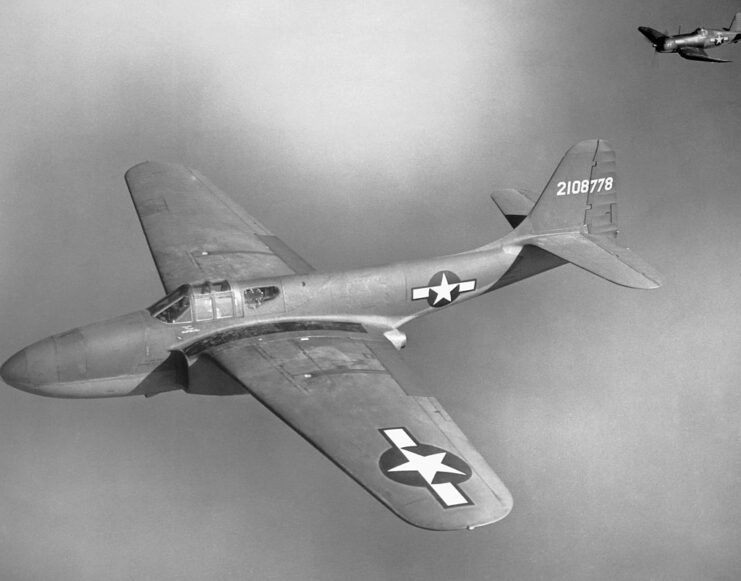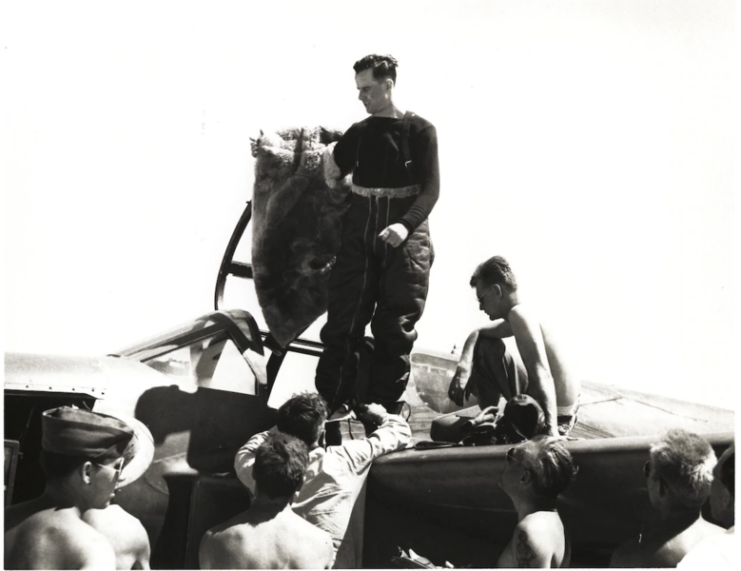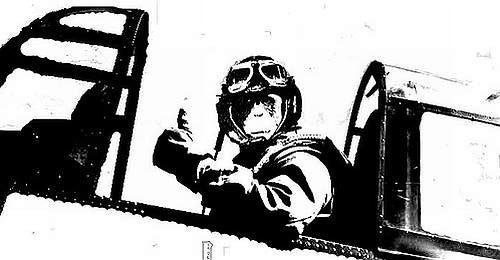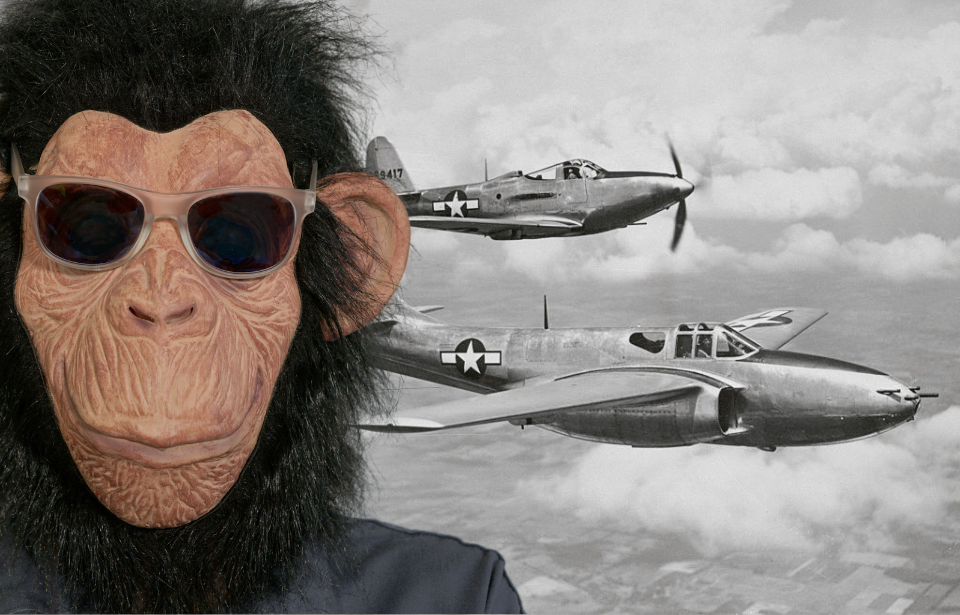Imagine flying through the skies during the Second World War when, suddenly, an aircraft appears to your left. The pilot waves at you, but it’s not a man – it’s a gorilla. This may seem like an implausible occurrence, but it did happen. While it may appear as though the man was a practical joker – and Jack Woolams certainly was – he actually had a clever reason for wearing the getup in flight.
Bell P-59 Airacomet

During the Second World War, all sides worked on aircraft innovation. A large portion of this development centered around the jet fighter, an aircraft that required no propellers for forward movement. Although Germany was the first to get one in the air with the Heinkel He 178, and the British had earlier produced the required engine, the United States wasn’t far behind with its own.
Bell Aircraft signed a contract with the US Army Air Forces on September 30, 1941 to create the country’s first. Production was top-secret, as the service didn’t want other militaries knowing what it was working on.
Jack Woolams

Despite these accomplishments, neither men are especially famous for their flights in the P-59 Airacomet. One who is, however, is test pilot Jack Woolams.
Woolams was a student at the University of Chicago before joining the US Army Air Corps for about 18 months of active duty. He completed his degree upon returning home, after which he got a position as a test pilot with Bell Aircraft’s Experimental Research Division.
Is that a gorilla in the cockpit?

Perhaps what’s best remember about Jack Woolams is that, while a test pilot for the P-59, he wore a gorilla mask and bowler hat. He also carried a cigar in his mouth. To make things even more comical, he’d join formation with pilots flying regular aircraft and wave at them. As the P-59 was guaranteed to be faster than whatever they were flying, he’d then jet away.
This behavior was more than just fun and games. The existence of the P-59 was supposed to be a secret, yet the aircraft still needed flight hours. One way to get around this was for the test pilots to come up with ways to deceive those who might see it. In Woolams’ case, his gorilla mask, combined with the propeller-less aircraft, was unbelievable enough that those on the ground might think whoever reported seeing him were telling tall tales.
Eventually, the USAAF went in a different direction for their first jet fighter. Various pilots said the P-59 paled in comparison to similar aircraft, so the service opted for the Lockheed P-80 Shooting Star. As for Woolams, he was tragically killed on August 30, 1946, when his aircraft crashed into Lake Ontario during a practice flight for the National Air Races.
